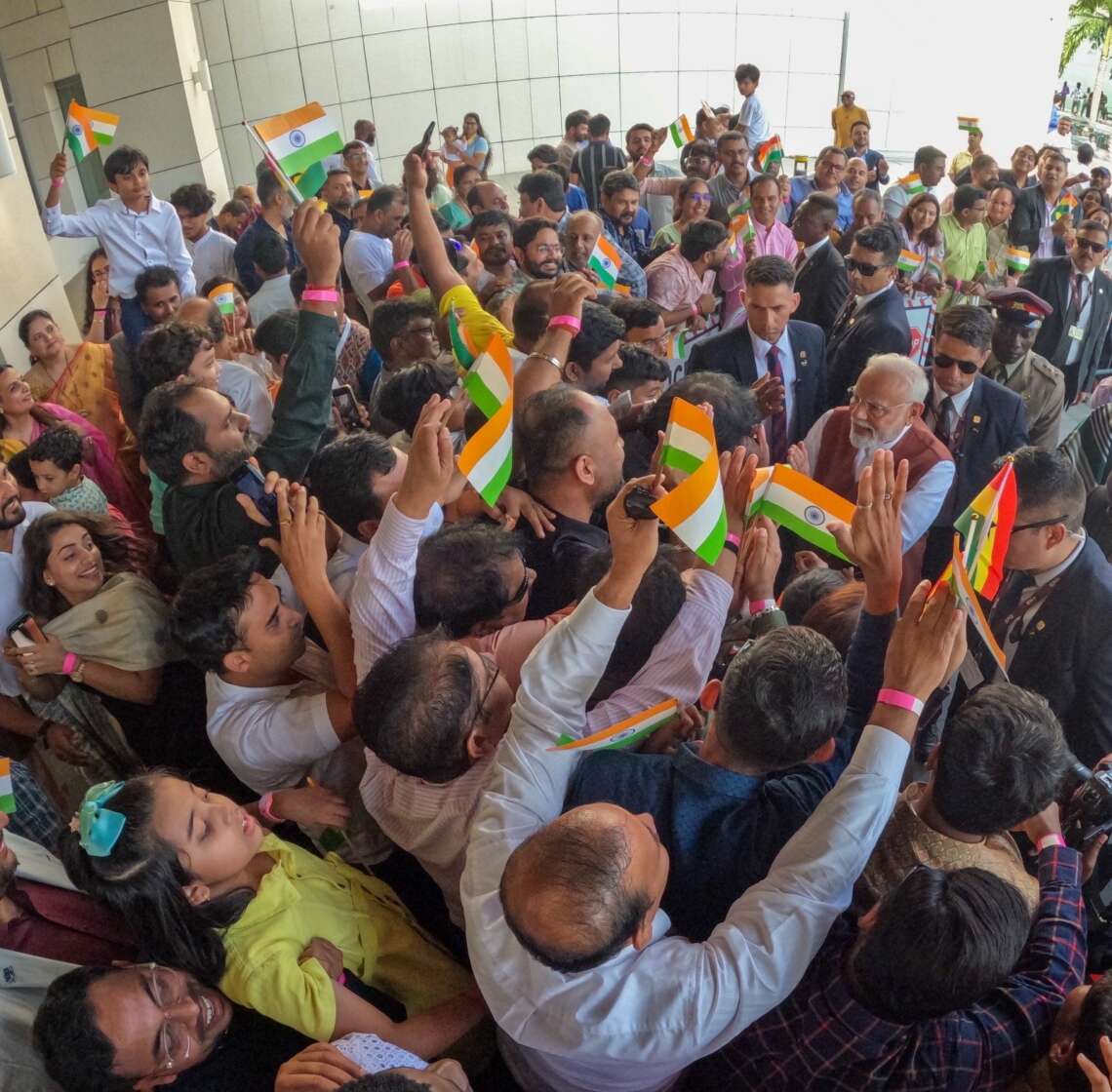The report by the Geneva-based Internal Displacement Monitoring Centre (IDMC), shed light on various calamities that led to displacement, including floods, storms, earthquakes, and other environmental crises…reports Asian Lite News
In 2023, India witnessed a significant decrease in internal displacements caused by natural disasters, totalling over half a million compared to the previous year’s 2.5 million, as highlighted in a global report released on Tuesday.
The report, issued by the Geneva-based Internal Displacement Monitoring Centre (IDMC), shed light on various calamities that led to displacement, including floods, storms, earthquakes, and other environmental crises.
Deadly floods ravaged the Himalayan states of Himachal Pradesh and Uttarakhand, while a glacial lake outburst flood in Sikkim resulted in the collapse of a hydroelectric dam, claiming over 100 lives and affecting more than 88,000 individuals.
In Delhi, identified as a “flood displacement hotspot,” heavy rains caused the Yamuna River to overflow on July 9, 2023, prompting the evacuation of residents from their homes.
The city recorded 27,000 displacements due to this event, with rainfall reaching a record 153 mm in just 24 hours, the highest since 1982.
Overall, South Asia reported approximately 3.7 million internal displacements, with disasters causing 3.6 million, marking the lowest figure since 2018.
The decline in displacements was attributed in part to the El Niño event, resulting in below-average monsoon rainfall and a weaker cyclone season.
Despite this, floods and storms persisted, albeit with reduced impact in certain areas.
India’s flood displacement figure of 352,000 was the lowest since 2008, with notable events affecting regions like Assam and Gujarat.
Cyclone Biparjoy led to widespread flooding in Gujarat and Rajasthan, displacing 105,000 individuals, while Cyclone Mocha triggered 1.3 million displacements in Bangladesh, mainly in Cox’s Bazar district.
Pre-emptive evacuations, facilitated by forecasting and early warnings, played a crucial role in minimizing casualties and displacement.
The report emphasized that South Asia’s cyclone season experienced reduced intensity in 2023 due to El Niño, yet storms still accounted for 1.8 million displacements.
Government-led initiatives, including pre-emptive evacuations, were instrumental in mitigating the impact of disasters.
According to IDMC Director Alexandra Bilak, effective disaster management strategies, informed by data and proactive planning, significantly mitigate the adverse effects of displacement.
However, she cautioned that extreme weather events are becoming more frequent due to climate change, as highlighted in a 2022 report by researchers at the Indian Institute of Technology, Gandhinagar.
The report underscores the urgent need for comprehensive measures to address the escalating risks posed by climate-induced disasters in India and beyond.
ALSO READ: Priyanka taunts PM over unkept vows














